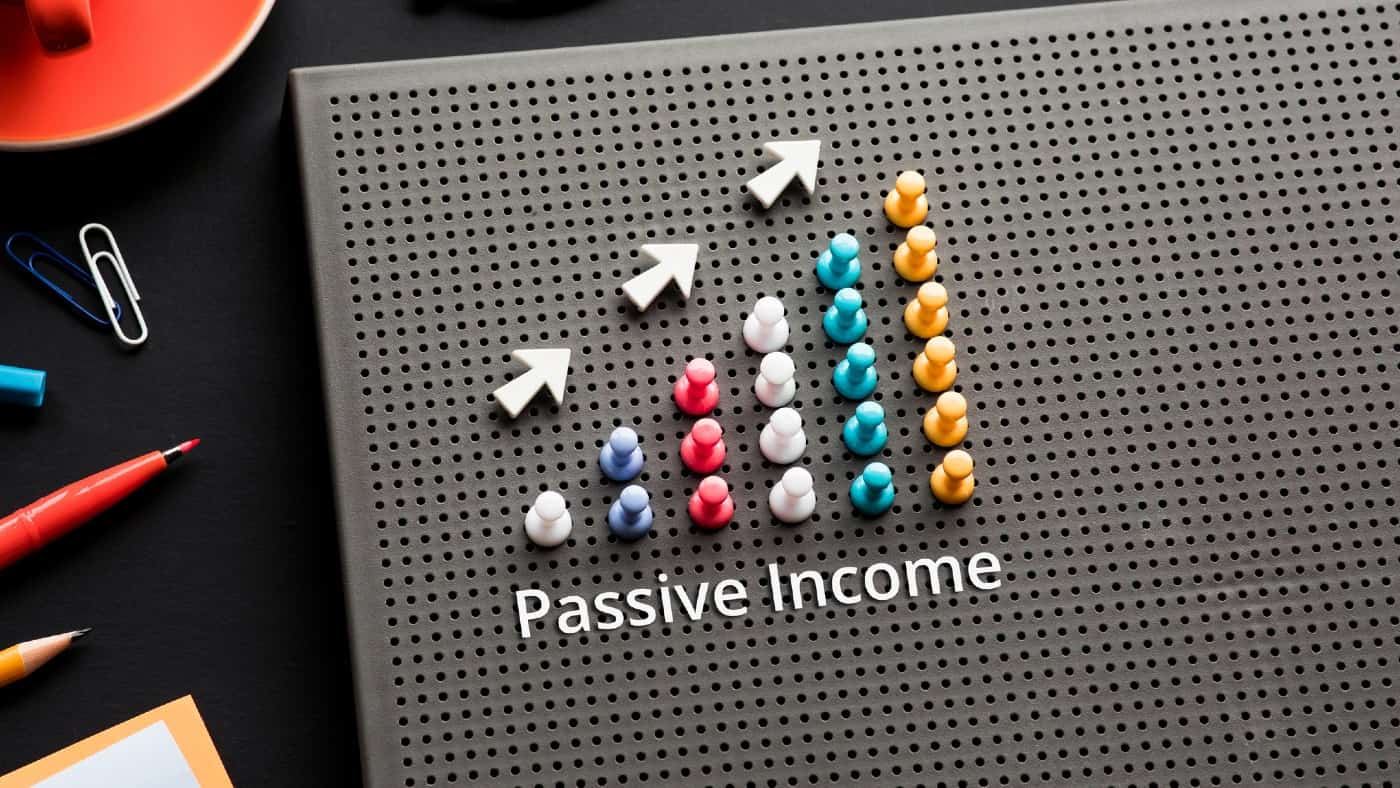Passive income is by far my most favourite form of earnings. With paid work, I put in time and effort to make a living. But my unearned income rolls in without my active involvement (and works for me night and day).
I’m not keen on cash or bonds
As a veteran investor, I’m happy to take risks with my money to generate higher long-term returns. That’s why I tend to keep only modest cash sums on deposit. As a result, the passive income I earn from savings interest is tiny.
Also, I’ve long been sceptical of government and corporate bonds, as these IOUs used to offer ultra-low coupons (regular interest) to bondholders. But bond prices plunged in 2022, lifting bond yields to post-global-financial-crash highs. Even so, my family portfolio has yet to buy any bonds for income.
Two top forms of passive income
My first top type of unearned income comes from high-yielding collective funds. Managers of these pooled investments buy company shares that pay generous cash dividends. By amassing a portfolio of high-yielding stocks, these funds offer an income yield higher than the wider market.
That said, ongoing charges and fund fees eat into investors’ returns. Currently, I’m looking for a low-cost fund that offers a decent cash yield. However, I shall probably avoid funds with yields above, say, 7% a year. That’s because these funds often dip into investors’ capital to pay out higher dividends.
My second form of passive income is for older investors only: pensions. I turn 55 fairly soon, at which point I can tap into the company and personal pensions I’ve built up since starting work in 1987. Most of these pots are modest in size, but I do have two guaranteed, final-salary work pensions.
Therefore, I’m studying my options for these pension pots. Do I start taking my pensions early at 55, or wait until I’m 60 or 65? Do I take out 25% as a tax-free cash lump sum to spend or invest elsewhere? These decisions are highly complicated and technical, so I’ll take my time before deciding.
My favourite unearned income
My favourite form of passive income by far is dividend income from shares. Although this is perhaps the riskiest form of income, it can also be among the most lucrative. But the bad news is that share dividends are not guaranteed, so they can be cut or cancelled at any time.
Also, most London-listed companies don’t pay dividends, so the universe of cash-yielding UK stocks is fairly small. And that’s why I generally look for quality dividends among members of the blue-chip FTSE 100 index (as well as a few FTSE 250 mid-cap stocks).
Indeed, since mid-2022, my wife and I have constructed a new income-based portfolio of 10 UK dividend shares. The average yield across these high-yielding stocks comes to about 1.75 times that of the FTSE 100 itself (which has a cash yield of 3.7% a year). So it’s our very own high-yielding family fund.
Finally, by investing in quality companies paying decent dividends, I should also benefit from capital gains from rising prices over time. And that’s why dividend investing is my #1 win-win strategy for passive income!








